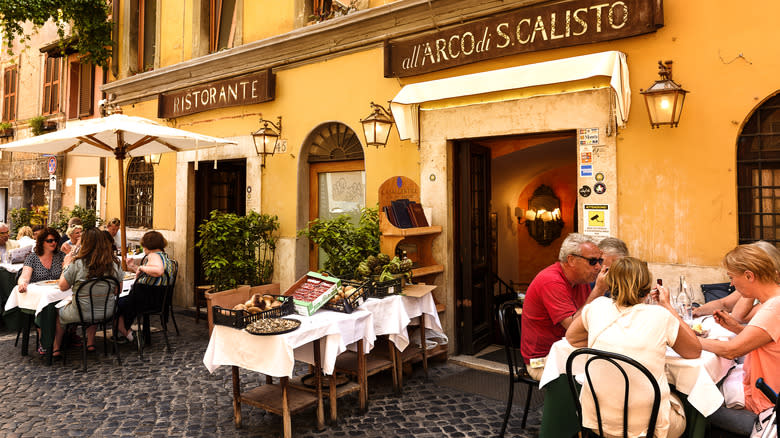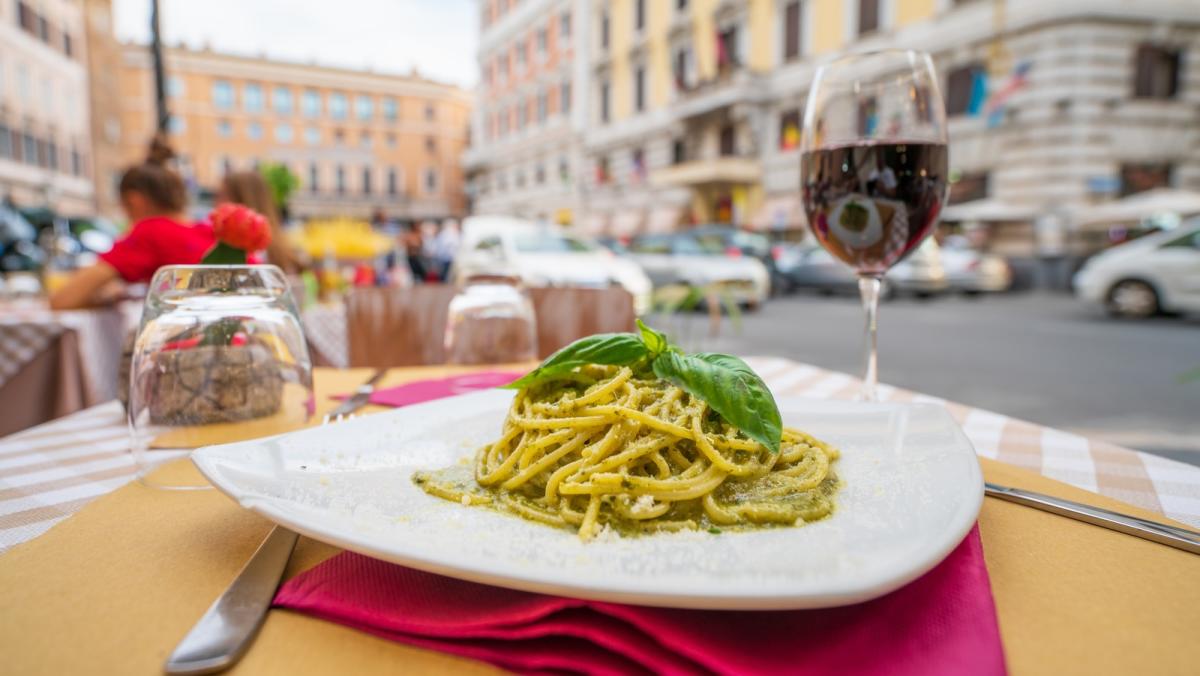For first-time visitors, dining in Italy can be confusing. Even if you understand the language, you’ll want to explore national traditions, like aperitivo: Italy’s version of happy hour. Likewise, impatient Americans will have to adjust to Italy’s slow, often hours-long dinners, which are as much an experience as a meal. Yet one of the most confusing aspects of Italian dining comes at the end of a lunch or dinner. When the waiter delivers the check, you may notice a few extra dollars filed under hidden, but expected, dinner charges.
This surcharge, known as the coperto, refers to a general cover charge charged per person for a meal. The word literally translates to ‘covered’, and the sum does not represent any part of the meal. Rather, it is a general cost that takes into account various table-related aspects, including everything from your individual place setting to the basket of bread and even the tablecloth itself. (However, sometimes on a bill the bread price can be distinguished as pane e coperto, but the general idea is the same.)
While a fee for just sitting at the table may seem like an unnecessary expense, the coperto is typically no more than a few euros. Because tips are unusual in Italy, the coperto is also intended to help the restaurant cover the regular wages of the wait staff.
Read more: 44 types of pasta and when you should use them
Coperto replaces the need to tip after a meal

Traveling Americans may find that the extra dollars actually improve the dining experience because it makes paying for a meal simple. While a waiter in a tourist spot might not boo for good money, in some places they don’t even accept a tip. And because it is charged per person, the coperto can ease the process of dividing a bill among a group. The coperto tax is the same for everyone, regardless of what you ate.
Given the formality of Italian lunches and dinners, the coperto usually applies to these two meals, enjoyed while seated. However, a morning coffee break is not immune to additional costs either. If you order your espresso or cappuccino at a café bar and drink it while standing, you only pay for the coffee. This is in fact what most Italians do.
However, if you choose to sit down to sip or snack, you may have to pay the coperto equivalent for breakfast. This may come in the form of an “al tavalo” – table – surcharge, depending on the café in question. In short, your espresso has a slightly higher sticker price than the same coffee you order at the bar. However, as with the coperto, the extra fee shouldn’t amount to much – and is often worth it. What is the compensation for a slow morning sipping a cappuccino, or a relaxing evening of pasta and prosecco al fresco?
Read the original article on Tasting table







